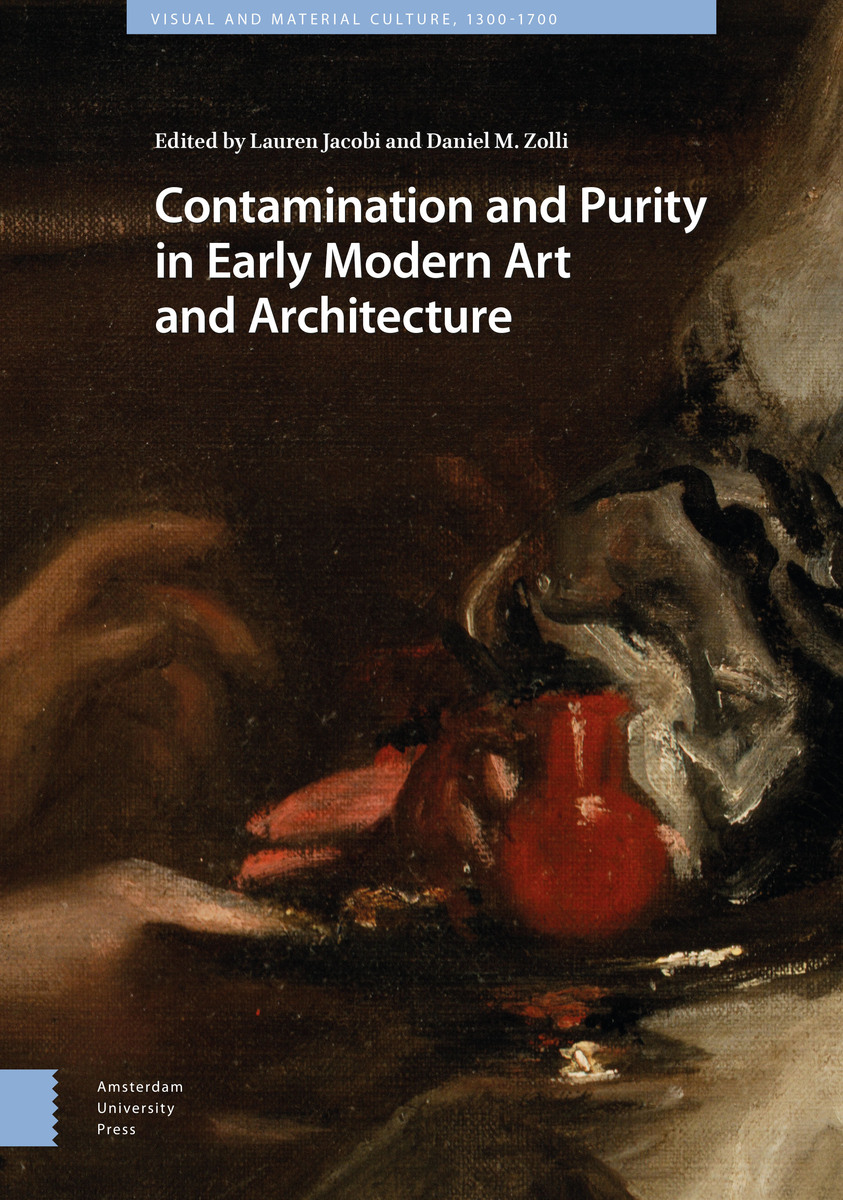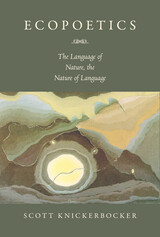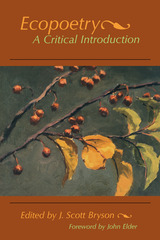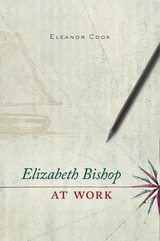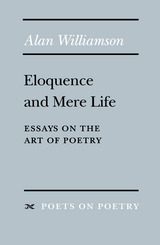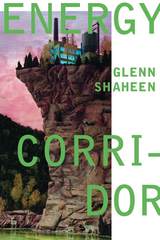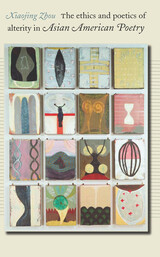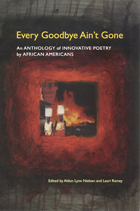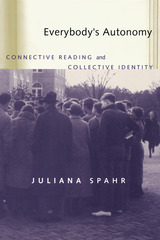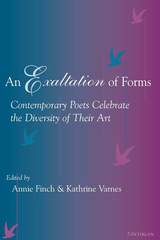Contamination and Purity in Early Modern Art and Architecture
Amsterdam University Press, 2021
eISBN: 978-90-485-4100-3
See other books on: Contamination | European | Purity | Renaissance | Social History
See other titles from Amsterdam University Press
eISBN: 978-90-485-4100-3
ABOUT THIS BOOK | AUTHOR BIOGRAPHY | TOC
ABOUT THIS BOOK
The concepts of purity and contamination preoccupied early modern Europeans fundamentally, structuring virtually every aspect of their lives, not least how they created and experienced works of art and the built environment. In an era that saw a great number of objects and people in motion, the meteoric rise of new artistic and building technologies, and religious upheaval exert new pressures on art and its institutions, anxieties about the pure and the contaminated - distinctions between the clean and unclean, sameness and difference, self and other, organization and its absence - took on heightened importance. In this series of geographically and methodologically wide-ranging essays, thirteen leading historians of art and architecture grapple with the complex ways that early modern actors negotiated these concerns, covering topics as diverse as Michelangelo's unfinished sculptures, Venetian plague hospitals, Spanish-Muslim tapestries, and emergency currency. The resulting volume offers surprising new insights into the period and into the modern disciplinary routines of art and architectural history.
See other books on: Contamination | European | Purity | Renaissance | Social History
See other titles from Amsterdam University Press
